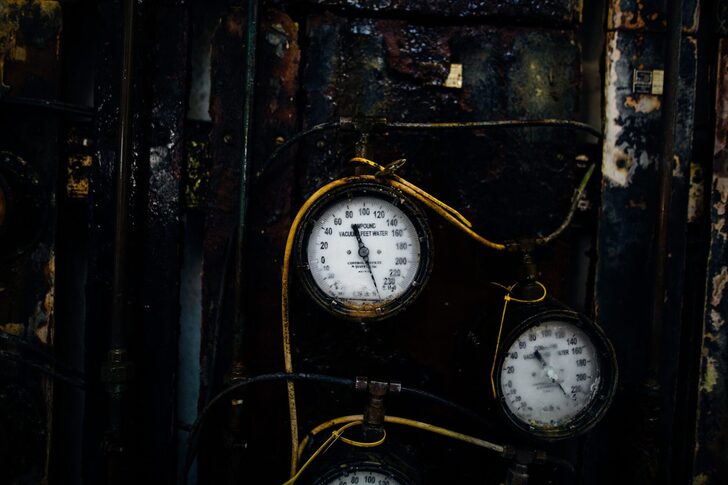In this post air filtration Segment Leader for Molecular Contamination Control, Victor Rengel describes corrosion, explains which processes and artefacts are most susceptible to corrosion, and shares how to prevent corrosion in Canada.
Most Canadians have flown in a commercial airplane, seen a natural monument, visited a museum, or accessed a file on a work computer via the help of a data centre. These activities have one thing in common: they are all vulnerable to corrosion. The negative effects of corrosion are much worse than most people realize. According to the National Association of Corrosion Engineers (NACE), corrosion caused $2.5 trillion worth of damage in 2013 alone, with costs continuing to rise as corrosion remains largely unaddressed1.
It is evident that the process of corrosion must be better understood, and it is important that building developers and inspectors be aware that in some situations, molecular filtration can be used to prevent it.
What Is Corrosion? Corrosion Examples Explained
Corrosion is a process in which a material decays due to a chemical reaction with its environment. A metal, for instance, begins to corrode when it comes in contact with a gas or liquid. This corrosion process can be accelerated by exposure to warm conditions, acids, and salts.
Sources
"Business processes are struggling due to corrosion." Camfil

